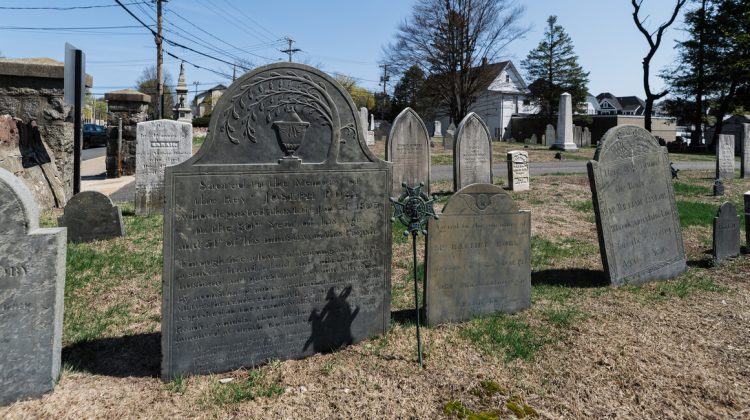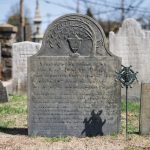SAUGUS — With the American Revolution hitting the 250th anniversary mark this year, Massachusetts celebrated in typical fashion with re-enactments around the state. Despite Saugus not hosting its own events for the day, the town does hold a history in the war for freedom.
Written by Horace H. Atherton Jr., his book “History of Saugus, Massachusetts,” tells a brief story about the men who marched to the battles of Lexington and Concord, the home of the “shot heard ’round the world.”
One of these sections is dedicated to Saugus in the Revolution. One thing to note was during this time Saugus was still considered part of Lynn.
The first name mentioned in his writings was that of Parson Joseph Roby, whom the Saugus chapter of the Daughters of the American Revolution is named after.
Atherton wrote: “From the fact that Parson Roby was active in a portion of the Revolutionary period it probably is not a violent assumption to say that he was instrumental in seeing to it that Saugus did her full duty in that period sending forth such a large representation of men to participate in the stirring times of that historic era.”
At this time, what was then the town of Lynn, formed five companies made up of 247 men. However, the first company, the Third Parish, was comprised of 63 men from the part of town which is now Saugus. It was led by Capt. David Parker and the group would grow to around 100 later on.
When writing about the Essex Minute Men’s march at the Lexington alarm, Atherton said, “We can only mention the military records of some of these Saugus patriots in the Revolution. Every man had an honorable and commendable career. In those days, they were known as Minute-men. In reality, they were hour-men, day-men, week-men, year-men, yea century men.”
An 1860 sketch in the Lynn Reporter written by B. F. Newhall also spoke of the Third Parish company. Newhall writes: “Captain Parker mustered his Company at an early hour on the day of the Concord fight and marched them with all speed to the scene of conflict.”
Within the “History of Saugus, Massachusetts” a list of the men who served in the company are named, and some of these men are buried in the cemetery in Saugus Center.


